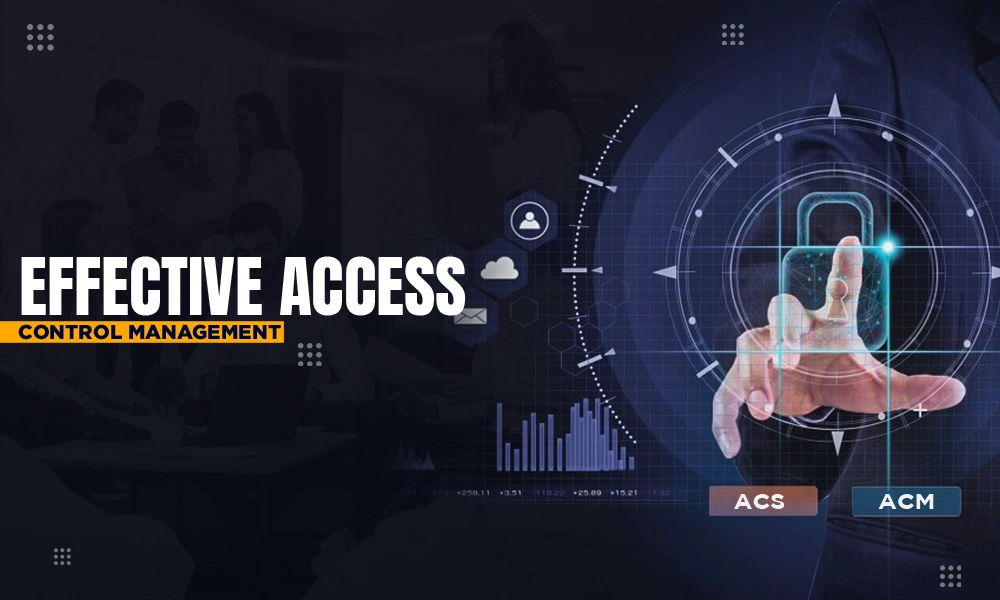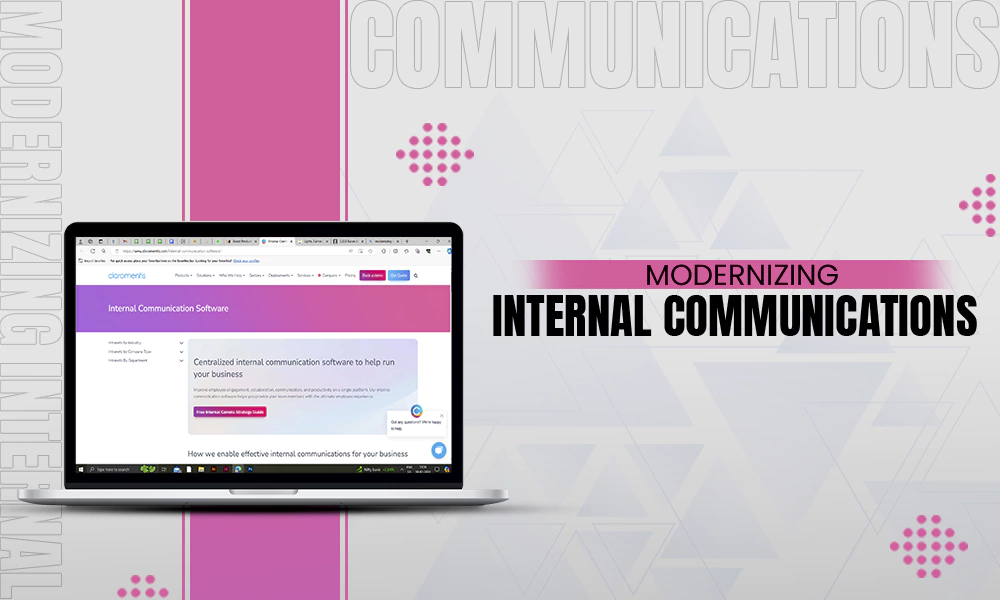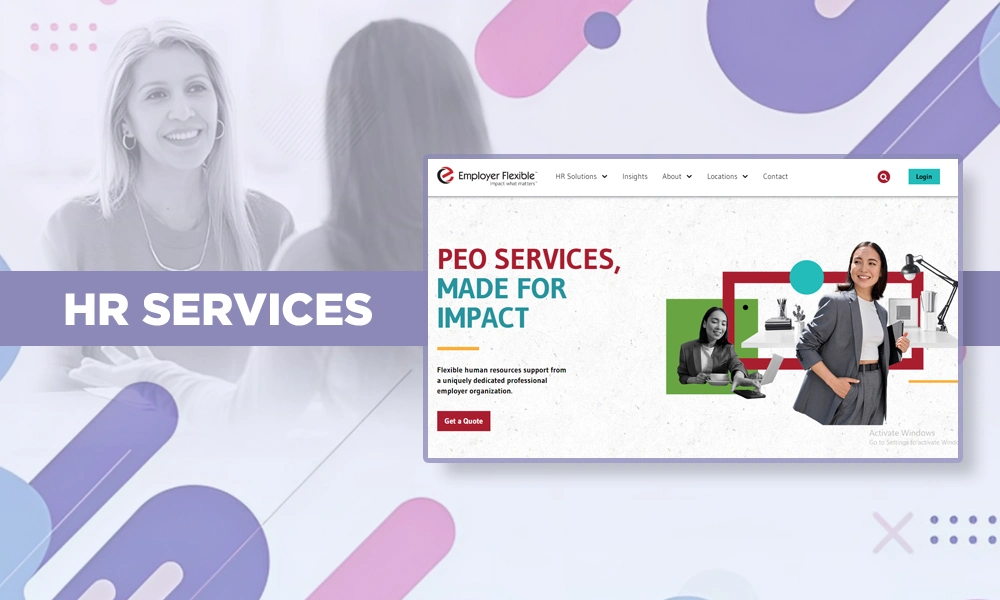Tips For Building A Live Service Platform

The era of selling a product that your customer can own for either their or the product’s lifetime is slowly disappearing.
For some companies, it has been subtle, such as Apple who incentivize their customers to change to a newer device every few years or so.
For others, the change has been far more direct, completely throwing out the idea of payment upfront, instead providing a subscription and making updates as they go along.
It’s a business model that is rapidly spreading out into multiple industries, and if you’re looking at how to start a live service or SaaS (software as a service) business, here are a few tips to keep in mind.
Downtime Planning Is Critical
If the service is a live one, that means that users will expect that they can access it whenever they need to.
However, as with any software, there are times when it’s necessary to run maintenance and updates, and that naturally means that you’ll have to take the service offline now and then.
Managing this situation can be determined.
Take an example from one of the longest-running live services out there. Live online casino games, such as dealer-run roulette, blackjack, or other games, cater to millions of players every year from all around the world.
The providers of these games, especially larger ones like the folks at https://casino.betfair.com/p/live-casino, know that surprise downtime is unlikely to be popular with players, so have clear schedules set up in advance.
If extra maintenance is needed outside the schedule, they make sure to communicate with players as far as possible in advance.
As a necessary detail, when planning out the downtime, keep those active regions in mind.

Statistics:
There has been a rapid expansion in the SaaS market size since 2015. In 2024, it is projected to be worth $232 billion.
When aiming to offer a worldwide service, it means that you can’t just schedule downtime for when it’s late at night in the region.
Midnight could easily be peak usage evening time for some of the customers, and the schedule should aim for downtime at the point of minimal disruption to the customers.
A Clear Road Forward
In much the same way as letting customers know about downtime is important, it’s also vital to let them know about everything else as much as you can.
In certain industries, the buzzword for the past few years has been ‘roadmap’.
In projects, a roadmap is a plan ahead for whatever one is planning to build; it could be a few weeks ahead or a few years and could be planned down to the smallest detail or be incredibly broad in scope.
It is significant to remember that any roadmap one shows to their customers needn’t be followed as strictly as a proper project plan that you use internally.
The main goal of a public roadmap is to achieve two things: transparency and progress.
For the first, you are communicating to customers that you’re not hiding anything in the plans, and for the second, you are giving them a reason to stick around past the intro period by showing ambitions.
If a few of the plans fall behind schedule or don’t work out, be upfront about them, and still, there is a net positive relationship with the client base.
Less Haste, More Speed
We mentioned earlier that managing downtime is extremely important, but the other side of that is making sure one needs to take as little downtime as possible.
When there is no way to bring the number down to zero, there are a few ways to keep it low, and one of those is creating new features with the most care possible.
Any new feature added to an existing platform, no matter how small, has the potential to cause issues with existing features.

More than a few developers and entrepreneurs have been undone by rushing too much, too fast.
Look at the case of the failed app from the otherwise successful Hotjar in their own words at https://www.hotjar.com/blog/app-mistakes-hotjar/.
Amongst other things, forgetting their key features and cramming in as much as possible is marked as a major failure on their part.
Whenever planning to add new features, always think carefully if there is a necessity to add them at that moment.
When deciding that it’s vital to get going, remember to test, test, and test again. If one thinks they’ve tested enough, do it one more time with other team members just to be safe.
There’s never any way of knowing exactly how smoothly a feature launch will go, but the less dramatic one can make it, the less downtime one will have, and the happier customers will be.
We expect there will be no shortage of great and terrible examples of new live service apps coming up in the next few years, so keep your eyes peeled and learn from the efforts of peers!










